(on a time scale of 100 milliseconds)

The ejecta is enriched with neutrons that form
heavier and heavier elements due to neutron capture
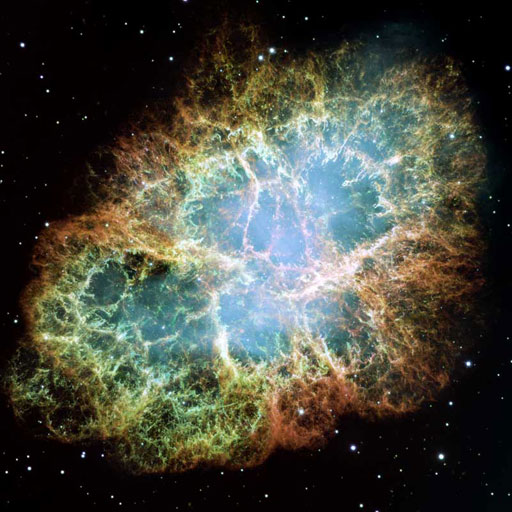

The ejecta is enriched with neutrons that form
heavier and heavier elements due to neutron capture

Two processes:
Note: S-process material predicts proton rich heavy nuclei
R-process material predicts neutron rich heavy material.
On earth, 235U (1/2 life of 750 million years) comes from S-process and is reactor core fuel.
but 238U (1/2 life of 4.5 billion years) comes from R-process and this drives plate tectonics.
The Solar system has both R and S process material in it.

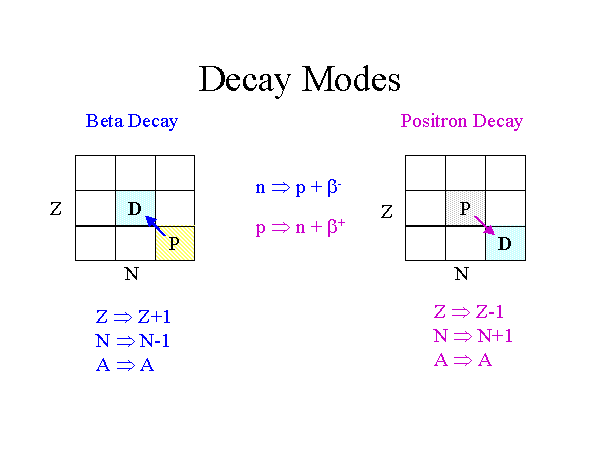
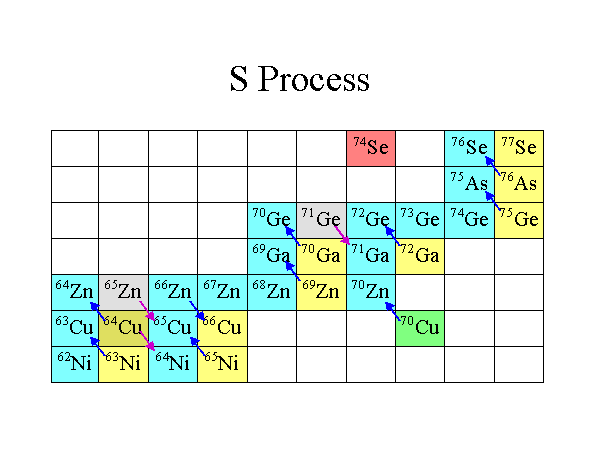
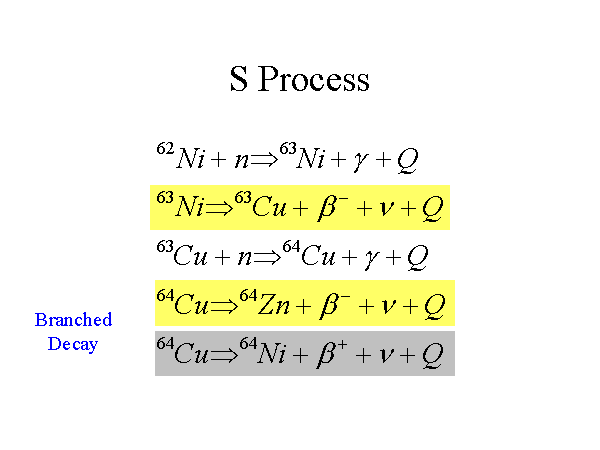
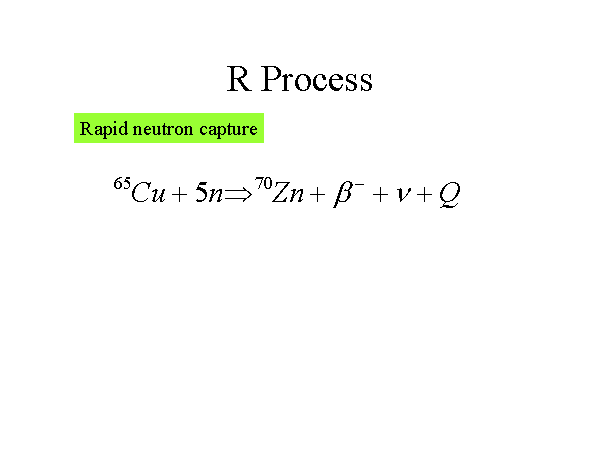
Sometimes (rarely) direct proton capture can occur:
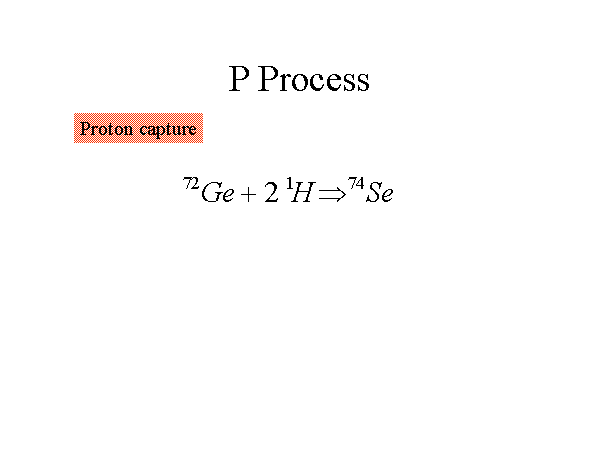

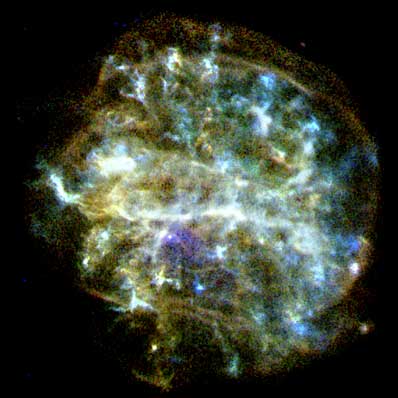
A supernova will radiate luminosity at about a level of 10% that of its host galaxy for a period of 2-3 weeks.
The following is an image galaxy of some recent SN occurences in nearby galaxies:

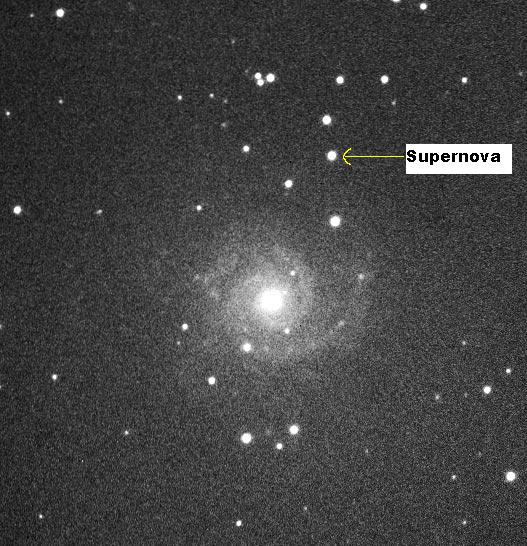
PMO Image
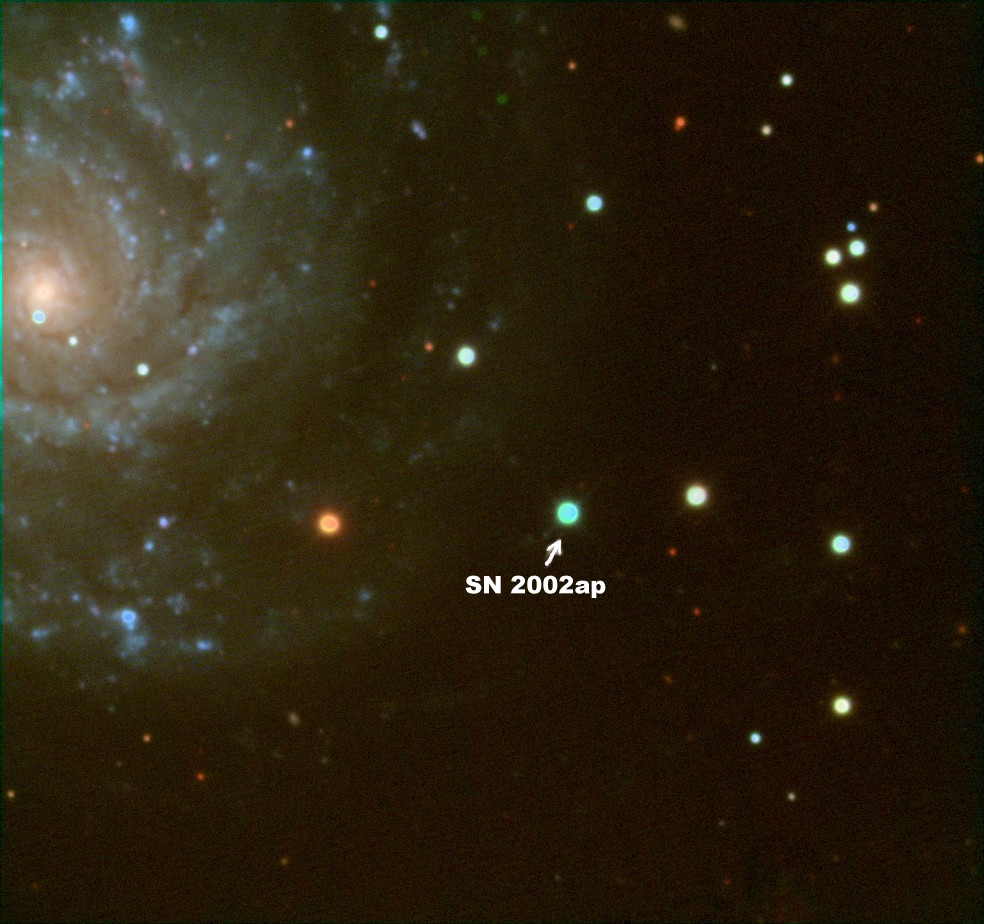
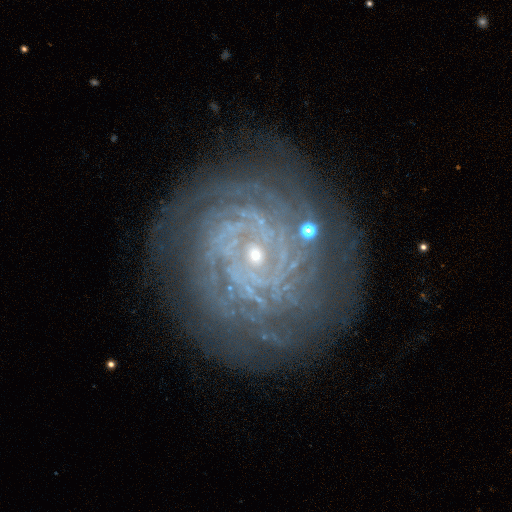
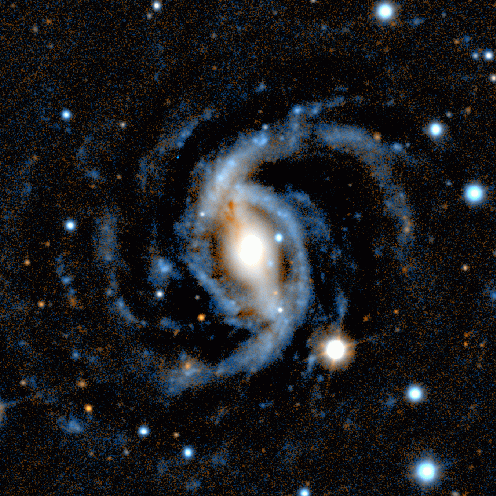
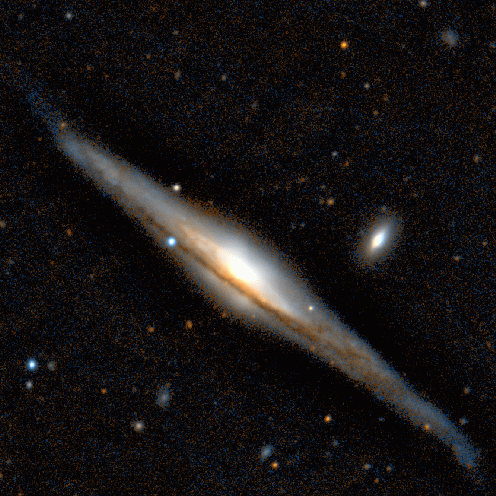
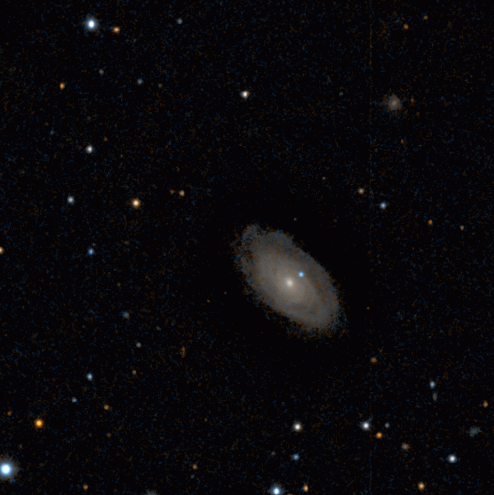
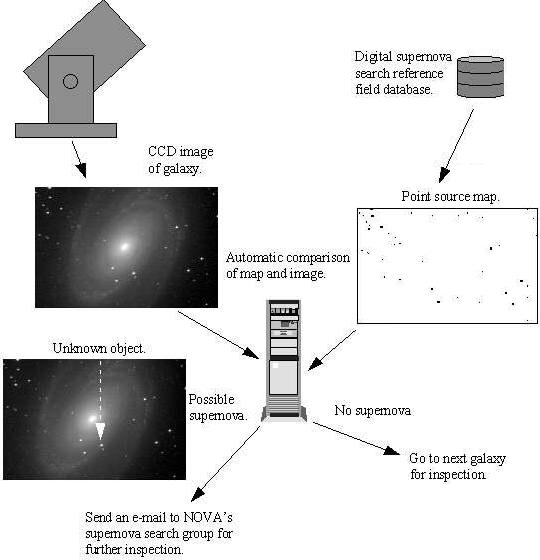
As a result, SN detection efficiency over time is strongly increasing.
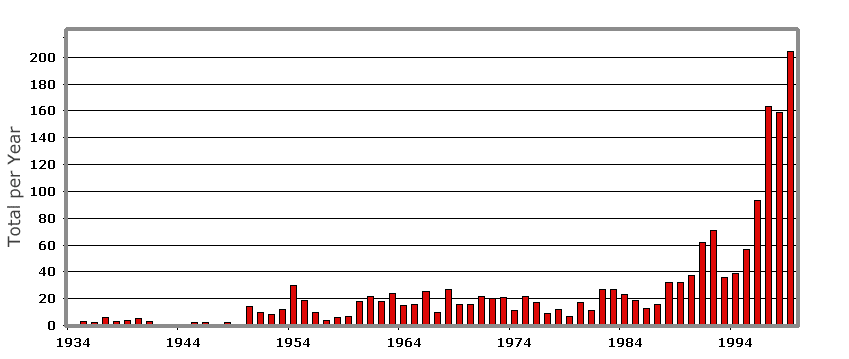
| Year | Peak Mag. | Constellation | Distance Light Years |
|---|---|---|---|
AD 185 | -6 | Centaurus | 4500 |
AD 386 | -3 | Scorpius | 16000 |
AD 1006 | -6 | Lupus | 4500 |
AD 1054 | -10 | Taurus | 6500 |
AD 1181 | -1 | Cassiopeia | 8500 |
AD 1572 | -4 | Caseopeia | 10000 |
AD 1604 | -3 | Ophiuchus | 14000 |
AD 1671 | +6 | Cassiopeia | 9000 |
Candidate stars for next supernova:
There is some evidence (but weak) that 5 million years ago, there was a small extinction event induced by a supernova explosion nearby.
The first extragalactic supernova ever discovered was SN 1885A near the nucleus of M31 (the famous "Andromeda Galaxy") on 20 August 1885. SN 1885A had an apparent visual magnitude of 5.85 - it would have been just barely visible to the naked eye had not the glow from M31 overwhelmed it
Supernova Rates:
To first order, one would think that the occurence of SN is correlated
to where most of the stars are. But anecdotal evidence is strange.
For instance, the Coma Cluster
 clearly wrong
clearly wrong
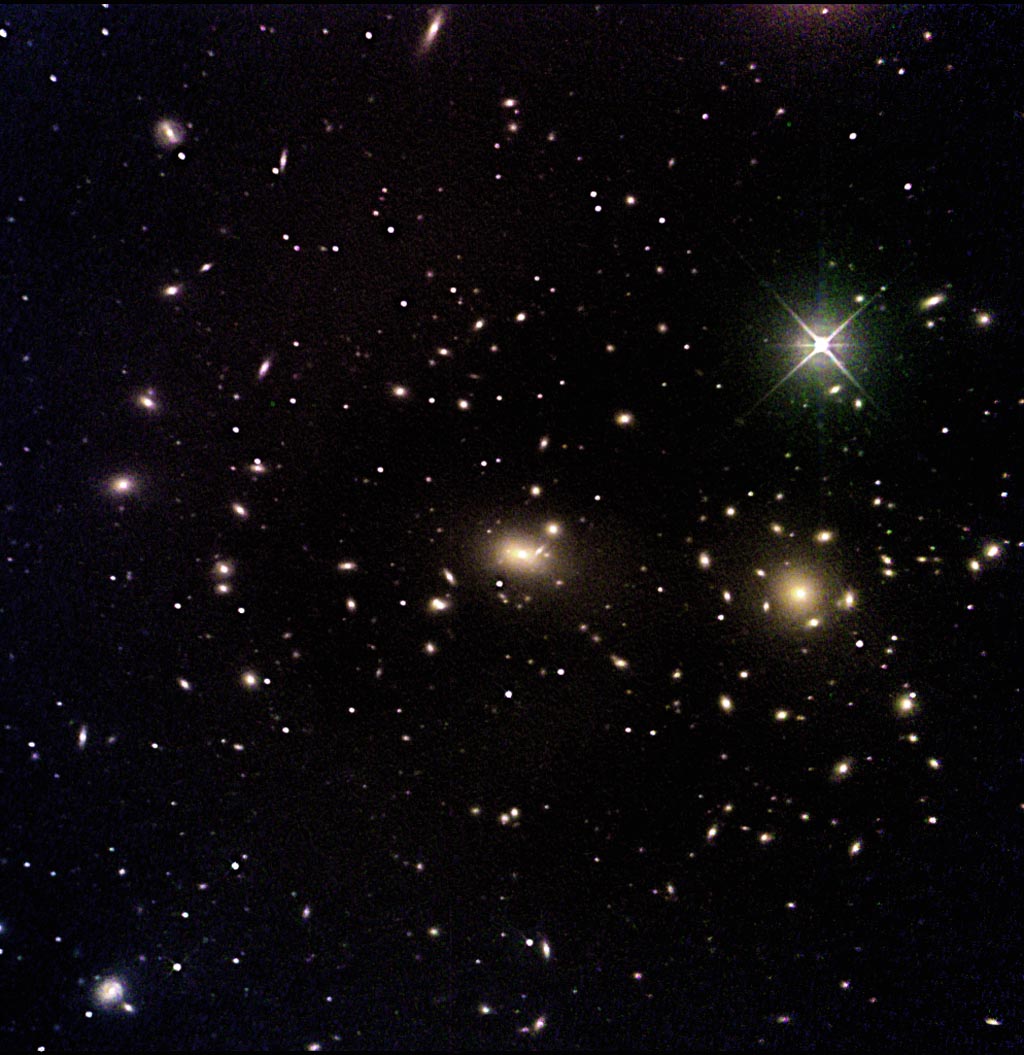
The galaxy NGC 5253, which has 109 stars in it, has had 3 SN occur in the last 20 years.
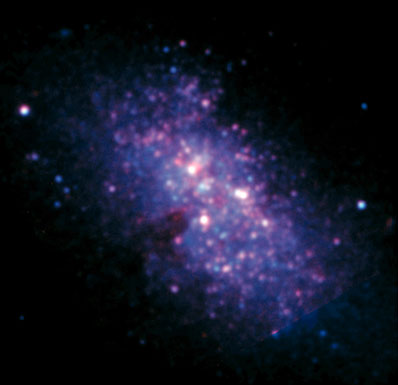
Supernova Light Curves:
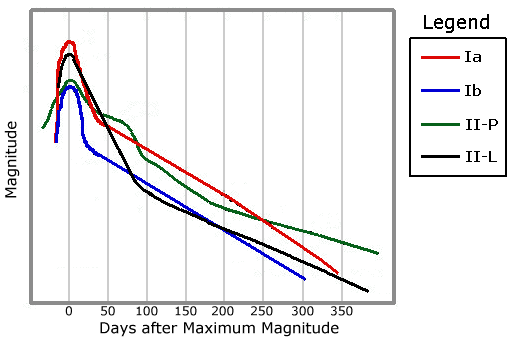
These light curves are powered by radioactive decay in two stages.
Note also that current astrophysical lore argues that the Peak luminosity of type Ia is a "constant". If this is true, then such objects are useful cosmological probes (see below).
There is, however, a strong minority viewpoint that the assumption
of constant peak luminosity is bullshit  there
is no strong theoretical expectation for this.
there
is no strong theoretical expectation for this.
Stage 1 is the decay of 56Ni to 56Co  This has a 1/2 life of 6.1 days and predicts that
the SN luminosity decays at the rate of 11% per day.
This has a 1/2 life of 6.1 days and predicts that
the SN luminosity decays at the rate of 11% per day.

Stage 2 is the decay of 56Co to 56Fe  This has a 1/2 life of 77 days and predicts that
the SN luminosity decays at the rate of 1% per day.
This has a 1/2 life of 77 days and predicts that
the SN luminosity decays at the rate of 1% per day.

These two stages are reflected in this light curve:
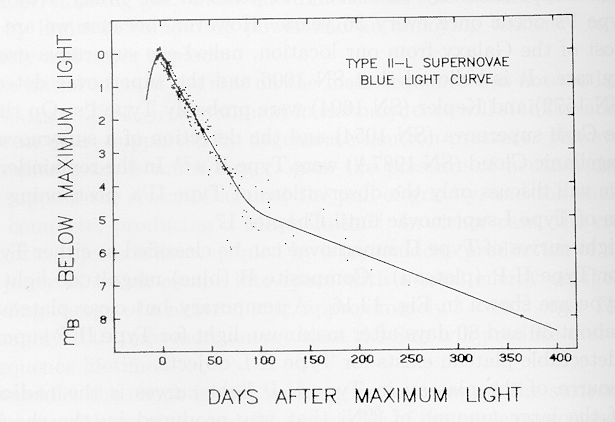
Distant Supernova as Cosmological Probes
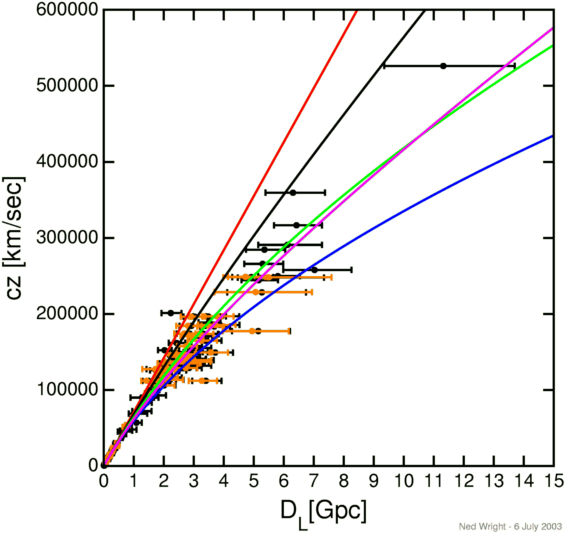
We will more critically examine this data in the second half of the couse as we move away from stellar evolution and onto more cosmological issues.